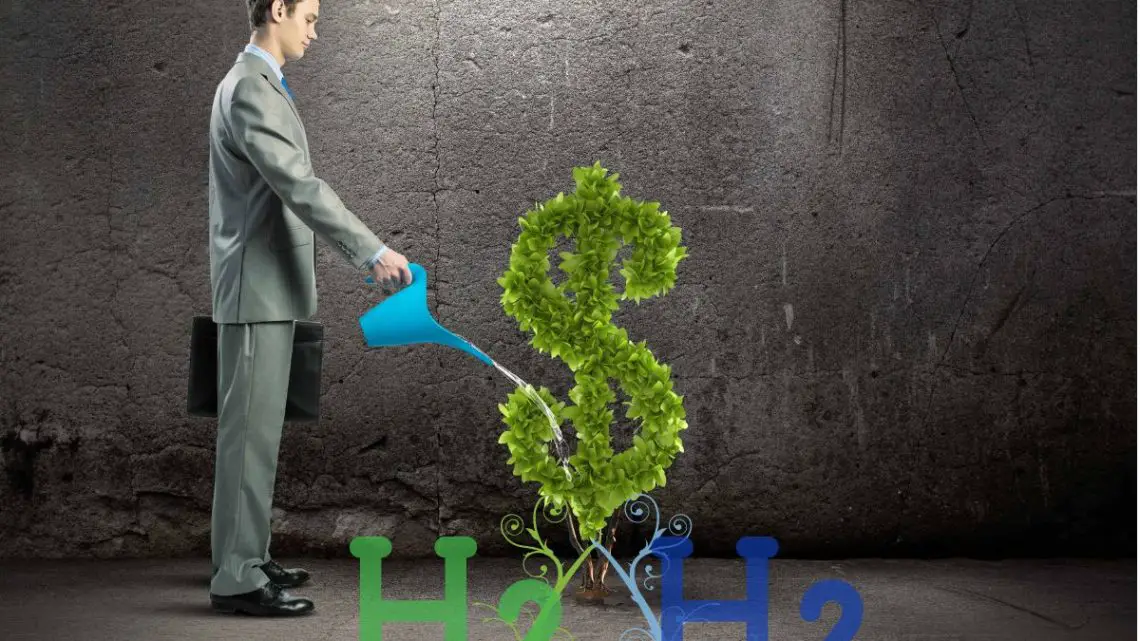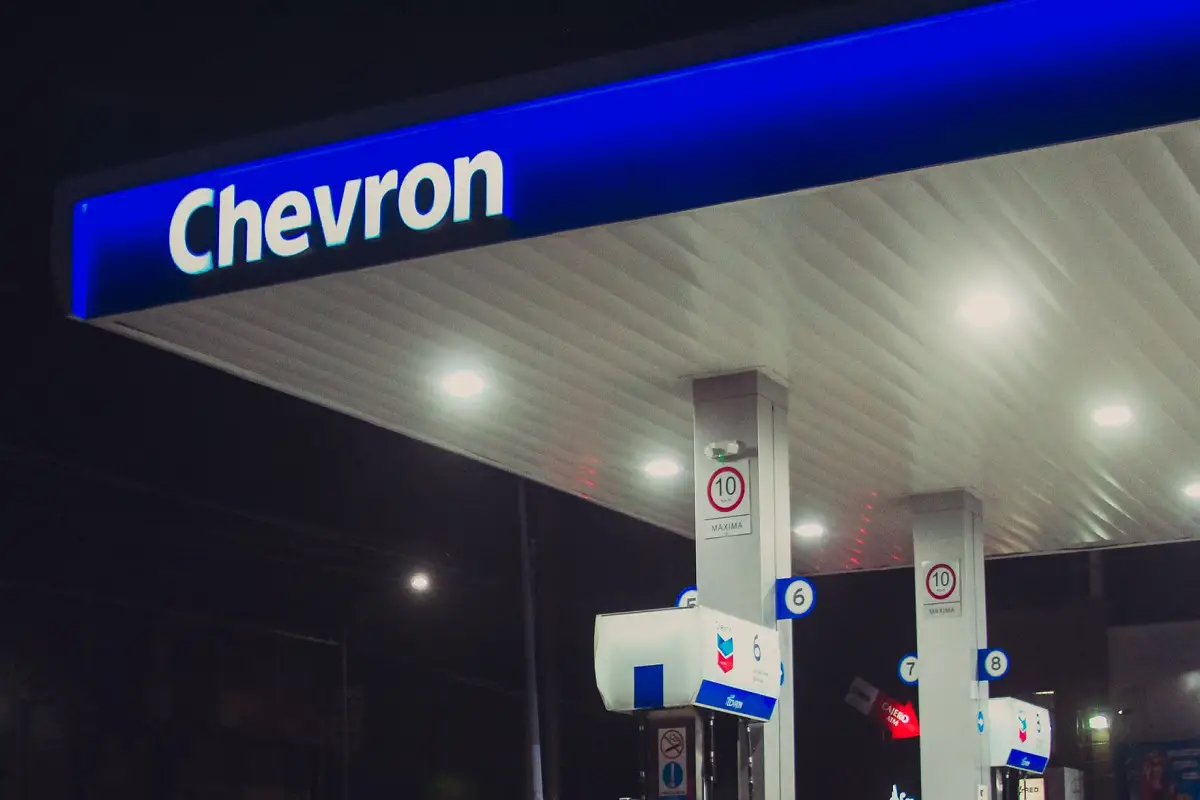
Chevron to pour $2.5 billion into green and blue hydrogen
June 30, 2022The US oil giant announced that it would be making the investment into H2 by 2028.
Chevron has announced that it has every intention of being among the oil giants investing in green and blue hydrogen.
The announcement was made by the H2 vice-president who recently spoke at a conference in London.
Though Chevron has been a considerable part of the fossil fuel industry, the world is working toward decarbonization, and the company – like many others in the industry – is turning to green and blue hydrogen as that sector sees a rapid rise. This, according to a senior executive from the Californian company.

Last September, the company had already announced that it intended to invest $10 billion into low-carbon technologies by 2028. This also included hydrogen, renewable energy, carbon capture, storage and offsetting, and reducing its own operations’ greenhouse gas emissions. That said, at that time, it didn’t specify exactly how the investment would be broken down.
Chevron has now specified that it would be spending $2.5 billion on green and blue hydrogen.
The announcement was made by Chevron New Energies’ vice president of hydrogen Austin Knight, as cited by Recharge News.
“What you see right now is a shift to broader energy solutions with hydrogen and moving into clean hydrogen,” said Knight. “We want to be part of that ramp-up.”
Chevron has already invested into Hydrogenious, a liquid organic H2 carrier company, as well as Raven SR, a waste-to-H2 company. The energy giant has also entered into a spectrum of collaboration agreements and memoranda of understanding with various organizations focusing on blue and green hydrogen such a Cummins, Caterpillar and Toyota. That said, it has yet to announce any specific projects into which it is investing.
Last year, the company was already investing into green and blue hydrogen energy.
In September 2021, the company announced that it had “agreed on a framework to acquire a stake” in the largest green H2 development joint venture in the United States, the Advanced Clean Energy Storage project. That said, it is unclear as to whether that deal was ever actually signed.
According to Chevron, its plan is to produce 150,000 tons of green and blue hydrogen per year by 2030. That said, the production plans also include grey H2, which is a form produced from unabated methane. Its current H2 production is about one million tons of the grey form annually.
“We should set the rules very clearly around what low carbon actually means, and then let the markets work to deliver real carbon reduction,” said Knight to the London conference.
The green and blue hydrogen production could help shift the company toward clean H2.
Last year, the United States signed the Infrastructure Investment and Jobs Act into law, defining “clean hydrogen” as the forms that are made in a way that will produce 2kg or less of CO2 equivalent emissions from every kilogram of H2 produced.
This wouldn’t be possible in the case of grey H2. That said, for H2 to be considered blue hydrogen, it needs to have a minimum of 90 percent of its emitted carbon captured from the steam methane reformation process. However, Chevron’s Gorgon CCS project in Australia has yet to come anywhere near that level of CO2 capture and storage. There, it is capturing 32 percent of the emissions throughout the first five years it has been in operation.
needs to have a minimum of 90 percent of its emitted carbon captured from the steam methane reformation process. However, Chevron’s Gorgon CCS project in Australia has yet to come anywhere near that level of CO2 capture and storage. There, it is capturing 32 percent of the emissions throughout the first five years it has been in operation.
What are the requirements for blue hydrogen
Blue hydrogen needs to have a minimum of 90 percent of its emitted carbon captured from the steam methane reformation process.
Advocates of green H2 had been hopeful that when “clean” hydrogen received a definition in the United States, it would include lifecycle emissions. This would mean that blue forms of H2 made using natural gas and carbon capture would not apply. The reason is that the upstream methane emissions would be included in the CO2 emissions total and would therefore make the process ineligible for government support.



 With over 15 years of reporting hydrogen news, we are your premier source for the latest updates and insights in hydrogen and renewable energy.
With over 15 years of reporting hydrogen news, we are your premier source for the latest updates and insights in hydrogen and renewable energy.